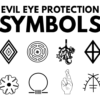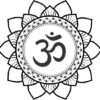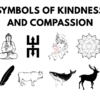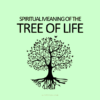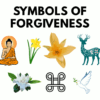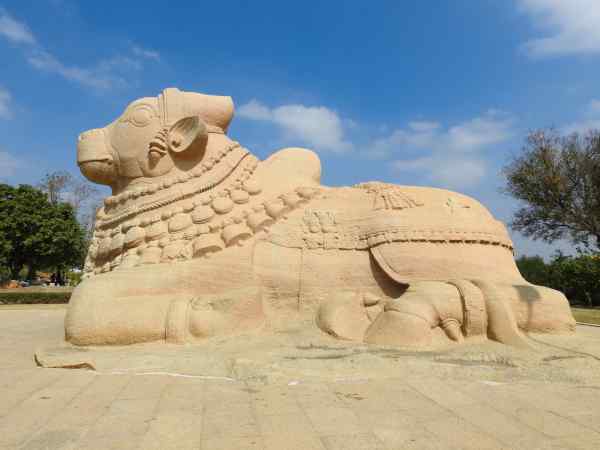
Hinduism is a vast and ancient religion with diverse beliefs and practices. It has a wide array of sacred symbols that carry within them the profound truths of life. In this article, we discuss 26 of the most powerful Hindu symbols and their deeper meanings. So let’s begin.
26 Powerful Hindu Symbols & Their Deeper Meanings
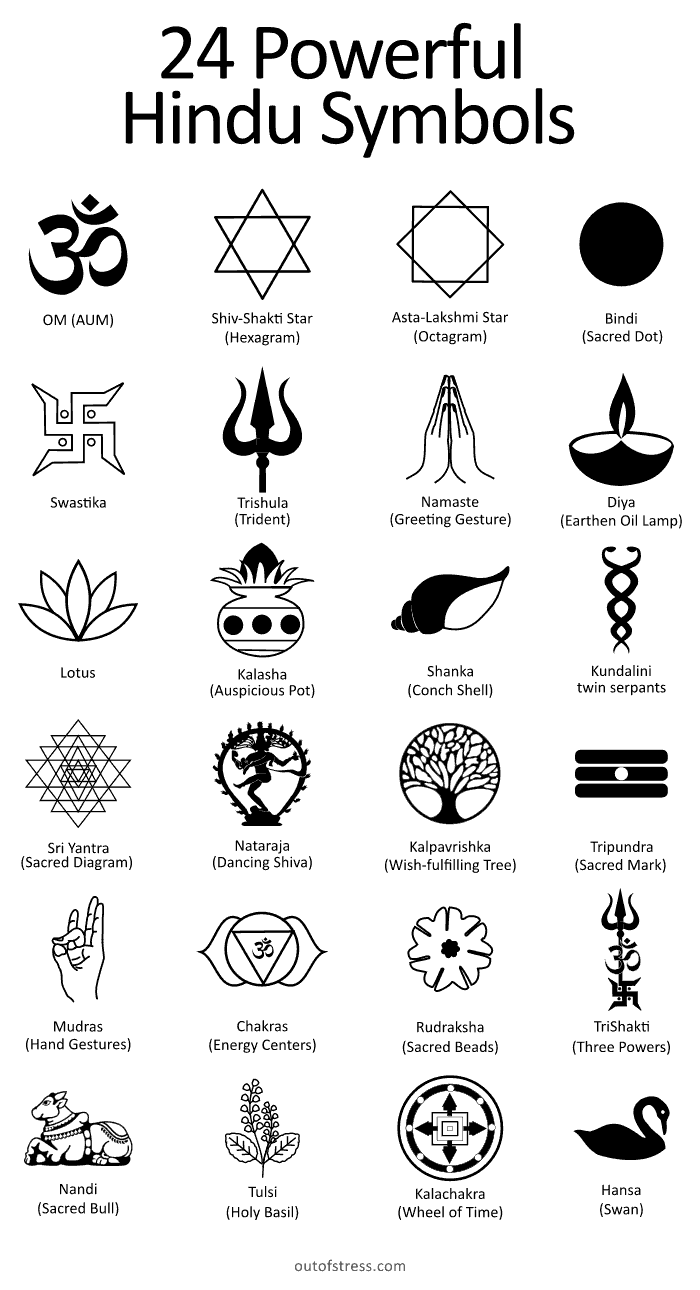
1. AUM
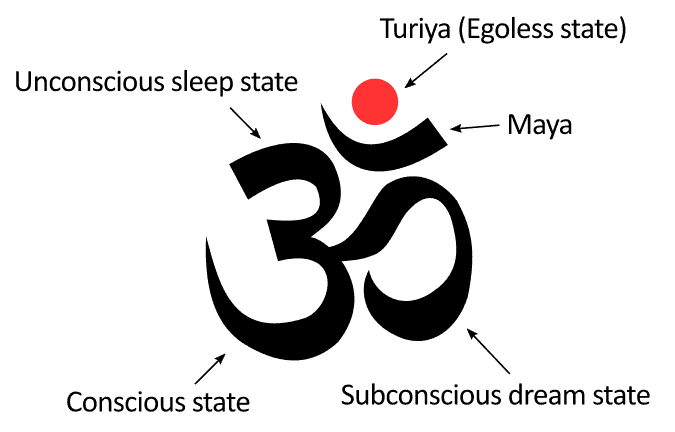
In Hinduism, AUM is considered the primordial sound/vibration, that is present in everything that exists.
OM is created from three sounds – Ahh, Ouu, and Mmm. Interestingly, it is through the combination of these three sounds that all other sounds are formed. Notably, these are the only three sounds you can produce using your throat without involving your tongue.
- To create the first sound, Ahh, you need to keep your mouth fully open.
- For the Ouu sound, you should partially close your mouth.
- And for the Mmm sound, you need to fully close your mouth.
All other sounds can only be produced using your tongue. The tongue combines these three basic sounds to create other sounds. Thus, OM is the fundamental sound of the universe. Chanting the OM mantra is believed to help individuals connect with the very essence of reality.
Additionally, the three syllables of AUM symbolize various trinities of life, including the trinity of creation, preservation, and destruction. OM also represents the four states of consciousness: unconscious sleep state, subconscious dream state, conscious state, and Thurya, or the egoless state (as illustrated in the image above).
2. Six-Pointed Star (Shiva-Shakti Star)
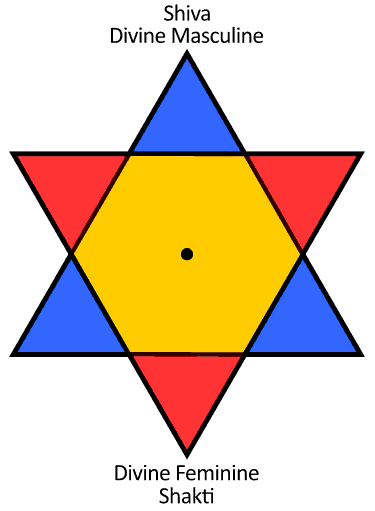
The Six-Pointed star (hexagram) also known as the Shiv-Shakti star is a powerful Hindu symbol representing creation. The symbol comprises two intersecting triangles – one pointing upwards and the other downwards – symbolizing the union of masculine (Shiva) and feminine (Shakti) energies. This union is the basis of all creation.
The central dot, (which is also the common center shared by both triangles), represents the point of creation.
Another Hindu symbol closely resembling the six-pointed star is the Shiva Lingam, which also conveys a similar concept.
3. Eight-Pointed Star (Asta-Lakshmi Star)
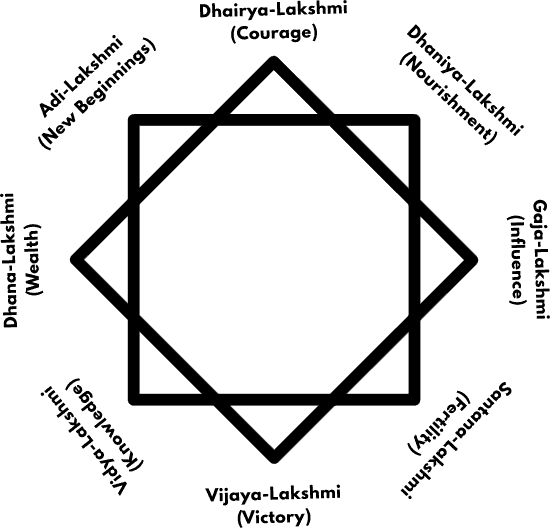
In Hinduism, the eight-pointed star (which is formed by the intersection of two squares) holds sacred significance as it represents the 8 forms of goddess Lakshmi – the goddess of wealth and prosperity. These forms are as follows:
- Adi Lakshmi: The primeval form of Lakshmi, symbolizing the origin of wealth.
- Dhana Lakshmi: Bestows material wealth and financial abundance.
- Dhanya Lakshmi: Represents agricultural prosperity and bountiful harvests.
- Gaja Lakshmi: Signifies wealth, power, and royalty.
- Santana Lakshmi: Grants the gift of children and family prosperity.
- Veera Lakshmi: Imparts courage and strength to face challenges.
- Vijaya Lakshmi: Brings victory and success in endeavors.
- Aishwarya Lakshmi: Symbolizes knowledge, education, and spiritual abundance.
Each point of the star is used to represent a form as shown in the image above.
In addition, the eight points of the star are sometimes linked to the eight directions (north, south, east, west, northeast, northwest, southeast, and southwest) and the guardians or deities of these directions, known as the Ashtadikpalas.
4. Swastika (Suwastika)
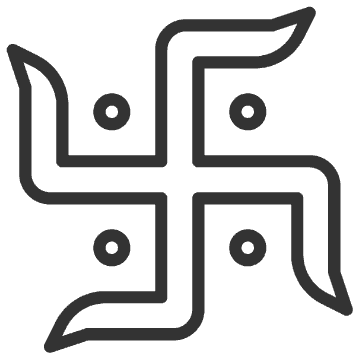
The Swastika is a highly auspicious and positive symbol that symbolizes wealth, good luck, prosperity, the four directions, the four seasons, balance, harmony, sun’s energy, eternity, and the cyclic nature of the universe.
Interestingly, if we observe the night sky and track the movement of the Big Dipper constellation, we notice that it traces a shape akin to the swastika as it revolves around the pole star. This celestial alignment symbolizes cosmic order, eternal existence, and the cyclical rhythms inherent in the universe.
In Hinduism, the pole star, known as “Druv Tara,” is a representation of immortality, while the four arms of the swastika symbolize prosperity across all four seasons.
Also, in the Sanskrit language, “Su” or ‘Suw’ translates to “Good,” and “Asti” or “Astika” translates to “All Time.” So the word ‘Suwastika’ translates to ‘Good At All Times’. It’s no surprise that the swastika is frequently employed in religious and cultural contexts to usher in blessings and positive energies during ceremonies and within homes.
5. Namaste
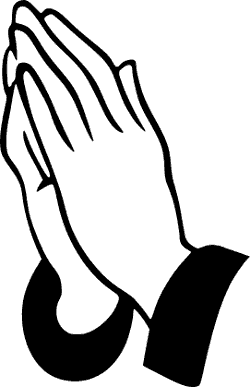
Namaste (or the Anjali mudra) is an ancient form of greeting followed in Hinduism. It involves joining one’s palms together in front of one’s heart. The word Namaste comes from Nama which means – to pay homage.
Namaste signifies balance, oneness and unification as it involves joining of the left and the right. It also represents the following:
- Joining of the artistic right and logical left hemispheres of the brain.
- Joining of the gross and the subtle.
- Joining of the divine and the human.
- Joining of the ego to the universe.
- Joining of the receiver and the giver.
Since it involves the joining of the left (divine feminine) and right (divine masculine), it also represents creation and creative energy. This is why this hand symbol is adopted when praying to God as it can help manifest one’s desires by harnessing the power of unity.
Namaste serves as a beautiful reminder of the profound interconnectedness that underlies our existence.
6. Diya lamp
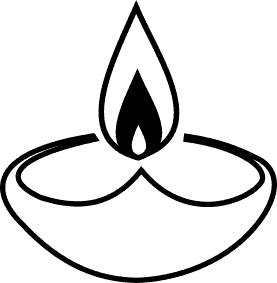
In Hinduism, the diya (earthen oil lamp) symbolizes light, knowledge, hope, purity, positive energy, and spiritual awakening. Diyas are lit in prayer rooms, temples, and during important festivals to signify triumph of wisdom over ignorance and the invitation of divine presence.
Diyas also symbolize the five elements and hence are also a symbol of creation.
- Earth: The clay material from which diyas are made represents the element of earth. It signifies grounding and stability.
- Fire: The central flame within the diya represents the fire element. It symbolizes light, illumination, and the transformative power of fire.
- Water: The oil or ghee (clarified butter) used to fuel the diya symbolizes the water element. Just as water flows, the fuel feeds the flame, keeping it burning steadily.
- Air: The act of blowing out a diya or fanning its flame with one’s breath represents the air element.
- Wick: The wick in a diya symbolizes the fifth element, “Akasha” or “Ether,” representing the space that connects all elements.
Hinduism also has a festival dedicated to lighting of diyas known as Diwali or Deepavali.
7. Trishula (Trident)
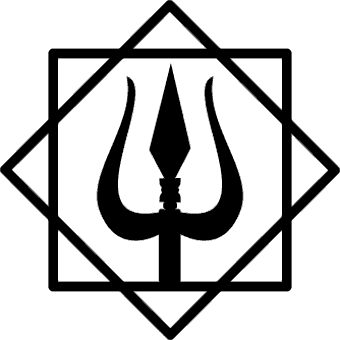
The Trishula (trident) is a powerful Hindu symbol associated with Lord Shiva and goddesses Durga and Parvati. It serves as their primary weapon, employed to vanquish evil and dispel ignorance. Thus the trishul symbolizes spiritual protection, the dispelling of ignorance, and overcoming obstacles leading to spiritual awakening and liberation.
The three prongs of the Trishula also represent the three fundamental cosmic forces: creation, preservation, and destruction. Furthermore, they signify other essential trinities of life, including past, present, and future; body, mind, and soul; and the three states of consciousness.
In the Yogic tradition, the trishul is believed to represent the three basic nadis (energy channels) in the human system – Ida (left nadi), Pingala (right nadi) and Sushumna (central nadi). It also represents the three powers: Will, Knowledge and Action which when aligned can help us achieve our highest goals.
8. Lotus flower
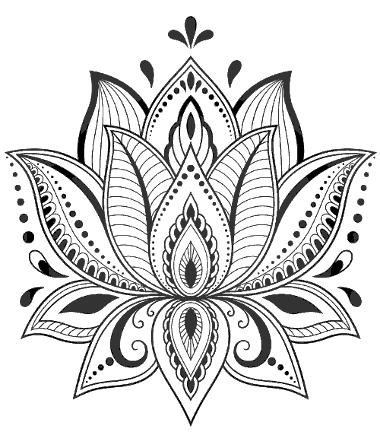
The lotus flower in Hinduism holds profound symbolism, representing beauty, purity, enlightenment, fertility, prosperity, and higher consciousness.
This flower is sacred to many Hindu deities including Goddess Saraswati – the goddess of knowledge who is often depicted seated on a white lotus. The white lotus represents light, knowledge, higher consciousness, and self realization.
Similarly, Goddess Lakshmi – the goddess of wealth is also shown holding a pink lotus, symbolizing wealth, abundance, and prosperity.
Lord Vishnu, (the god of Preservation), is often portrayed holding a pink lotus in his lower right hand, signifying creation, divine perfection, purity, and the awakening of spiritual consciousness.
The lotus is also depicted arising from Lord Vishnu’s navel, with Lord Brahma (the creator) seated on top of the lotus. In this case, the lotus represents the Earth, while its stalk symbolizes the cosmic mountain Meru, considered the axis of the universe. Lord Brahma seated on the lotus symbolizes creation of the world.
9. Kalasha
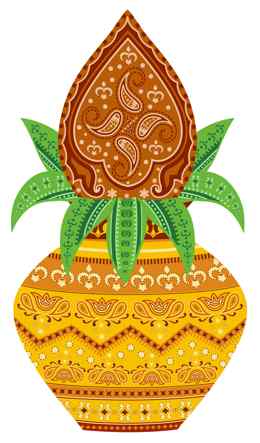
The Kalasha, a sacred vessel in Hinduism, symbolizes completeness, divine presence, auspiciousness, abundance and fulfillment. The coconut atop the Kalasha represents the individual soul, while the pot’s base represents the universal soul, signifying the connection between the individual and the divine. Used in various rituals and ceremonies, the Kalasha invokes blessings and sanctity, making it a significant and revered symbol in Hindu tradition.
10. Shankha or Conch Shell
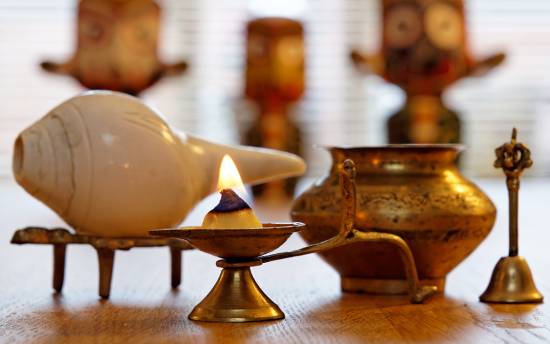
In Hinduism, the Conch Shell known as Shankha is a symbol of good luck, longevity, prosperity, creation, fertility, protection, and positive energy.
Prior to the commencement of any spiritual practice or sacred work, the Shankha is often blown, as its sound is believed to generate purifying vibrations that dispel negative energies and lower frequencies. In-fact, it is believed that the shank produces the OM sound.
The Shankha is closely associated with Lord Vishnu, the preserver of the universe, who is often depicted carrying the Shankha in his right hand. In Vishnu’s divine grasp, the Shankha serves as a celestial weapon, employed for the purposes of creation, preservation, and destruction. The shank also represents the water element which is one of the four elements of creation.
11. Trimurti
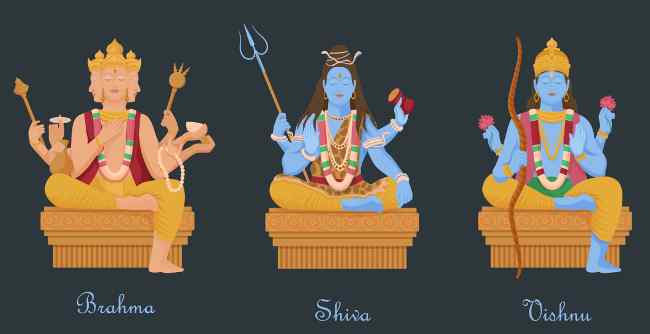
The Trimurti (three gods) is a fundamental concept in Hinduism that represents the three principal deities responsible for the cosmic functions of creation, preservation, and destruction. These deities are Lord Brahma, the creator; Lord Vishnu, the preserver; and Lord Shiva, the destroyer.
Together, they symbolize the cyclical nature of existence, where creation leads to preservation, which ultimately paves the way for destruction, followed by rebirth and creation anew.
The Trimurti underscores the interconnectedness of these divine forces and their roles in maintaining cosmic balance and order in the Hindu cosmology.
12. Kundalini twin serpents

This symbol depicting two intertwining serpents is a popular Hindu symbol, often seen in Hindu temples. Similar to the Yin Yang, it represents the balance and interconnection between opposing forces that is at the basis of all creation.
These twin serpents also represent the two main nadis (energy channels) known as Ida (lunar nadi) and Pingala (solar nadi) representing the feminine and masculine energies within us. Balancing and harmonizing these energies through Kundalini awakening is believed to lead to a state of spiritual wholeness and enlightenment.
Thus, the Kundalini twin serpents represent not only the journey toward unity but also the delicate equilibrium required for inner transformation. Interestingly, this symbol is very similar to the Greek Caduceus symbol.
Hinduism also has many naga devatas (snake deities) generally associated with water, fertility, and protection. Among the prominent snake deities are Sheshnag, also known as Ananta, the cosmic serpent on which Lord Vishnu reclines, and Vasuki, a Naga king who played a pivotal role in the churning of the ocean during the Samudra Manthan.
13. Sri Chakra Yantra & other yantras
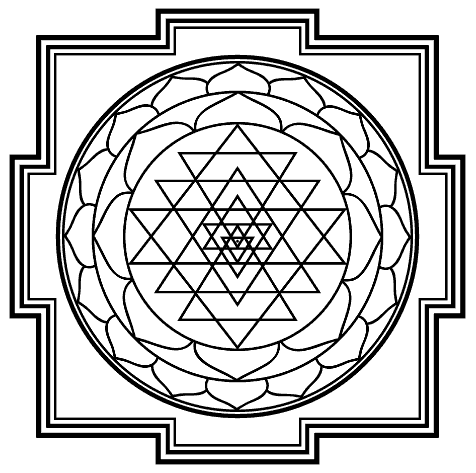
Yantras are intricate geometric diagrams or symbols used in Hindu and tantric traditions as powerful tools for meditation, concentration, and invoking spiritual energies.
One of the most popular yantras is the Sri Chakra, which consists of nine interlocking triangles and symbolizes the union of masculine and feminine energies which is the basis of all creation. It is used for meditation, worship, and attracting positive energies into one’s life.
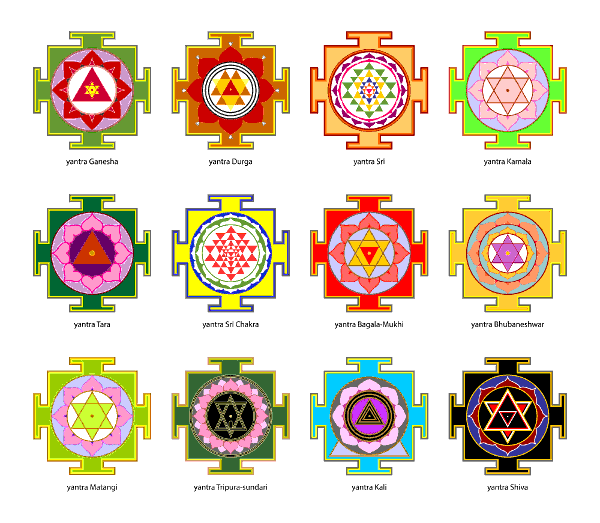
A few other important yatras are as follows:
- Gayatri Yantra: Represents the Gayatri mantra, a powerful invocation for spiritual awakening and enlightenment.
- Kubera Yantra: Attracts wealth, abundance, and prosperity.
- Saraswati Yantra: Enhances knowledge, creativity, and wisdom.
- Durga Yantra: Offers protection, strength, and courage.
- Ganesha Yantra: Removes obstacles and brings success and prosperity.
- Navagraha Yantra: Balances the influence of the nine planetary deities for harmonious life.
Yantras serve as potent focal points for spiritual practices and rituals.
14. Nataraja
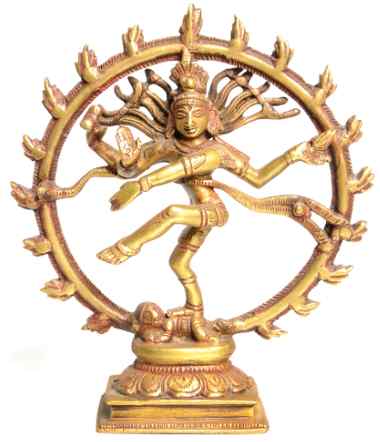
Nataraja is a form of Lord Shiva engaged in the cosmic dance of creation (Lasya) and destruction (Tandava). In his right hand, he holds a damru or drum, signifying the rhythmic vibration of creation – OM. In his left hand, he wields a flame symbolizing destruction. His raised left foot symbolizes the material reality, while a prostate demon beneath his right foot represents the destruction of ignorance and ego.
A snake coils three times around his neck, symbolizing all of time – past, present, and future.
The statue is set within a circular ring, signifying the eternal cycle of life and the divine dance’s unending nature. Nataraja embodies the constant flux and balance of creation and destruction in the universe.
15. Inverted Tree or Kalpavriksha
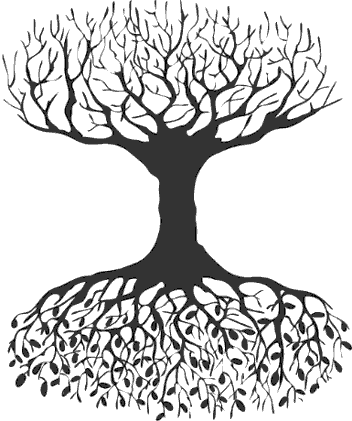
The Inverted Tree, also known as the “Ashvattha Tree” in Hinduism, symbolizes the material world and our existence within it. Its roots represent our connection to the divine or spiritual realm, while its branches and leaves represent the various aspects of the material world.
Inverting the tree signifies the need for individuals to transcend worldly attachments and desires to attain spiritual enlightenment and liberation. It emphasizes the idea that our true essence lies beyond the material realm, and by turning inward through meditation and self-realization, one can reach a state of spiritual awakening and ultimate union with the divine.
16. Tripundra

The Tripundra is a sacred symbol in Hinduism, primarily associated with Shaivism. It consists of three horizontal lines, and a bindi at the center. It is typically drawn using sacred ash or sandalwood paste on the forehead.
Similar to the three prongs of the trishula (that we saw earlier), the three lines of the tripundra represent the various trinities of life primarily the mind, body, and soul and three primary gods – Brahma (the creator), Vishnu (the preserver), and Shiva (the destroyer). It also represents the threefold powers of will, knowledge, and action. The dot at the center represents the conscious mind and the third eye chakra.
This way tripundra is a powerful symbol of self-realization, higher thinking, and spiritual awakening.
17. Mudras
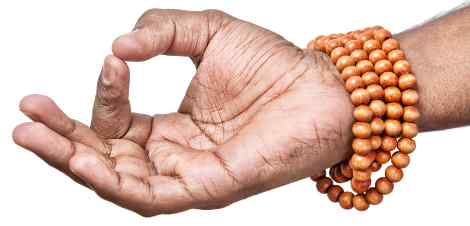
Mudras in Hinduism are hand gestures and positions used in rituals, meditation, and yoga to channel and direct energy. In the mudra system, each finger is believed to represent one of the five elements: thumb represents fire, index finger represents air, middle finger represents ether (space), ring finger represents earth, and little finger represents water. Some primary mudras include:
- Jnana Mudra: The index finger touches the thumb, symbolizing knowledge and wisdom.
- Dhyana Mudra: Hands resting on the lap with palms up, this signifies meditation and concentration.
- Apana Mudra: The tips of the thumb, middle, and ring fingers touch while the other fingers are extended, aiding in detoxification and energy balance.
- Shuni Mudra: The tip of the middle finger touches the thumb, enhancing intuition and patience.
Mudras help facilitate the proper flow of energy within the body, aiding in higher vibrational states, concentration, healing, and spiritual awakening.
18. Chakras
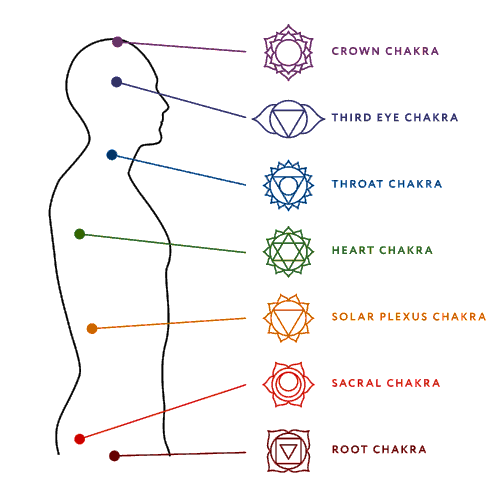
In Hinduism chakras are energy centers within the body, associated with specific regions along the spine. Each chakra governs different physical, emotional, and spiritual aspects. The seven primary chakras are:
- Root Chakra (Muladhara): Located at the base of the spine, it represents stability and survival instincts.
- Sacral Chakra (Svadhisthana): Positioned below the navel, it relates to creativity and passion.
- Solar Plexus Chakra (Manipura): Located at the upper abdomen, it represents personal power and self-esteem.
- Heart Chakra (Anahata): In the chest area, it embodies love and compassion.
- Throat Chakra (Vishuddha): Situated in the throat, it signifies communication and self-expression.
- Third-Eye Chakra (Ajna): Found between the eyebrows, it is associated with intuition and insight.
- Crown Chakra (Sahasrara): At the top of the head, it symbolizes spiritual connection and enlightenment.
Balancing and aligning these chakras is believed to promote physical, emotional, and spiritual well-being.
19. Bindi

The bindi is a significant Hindu symbol worn by women on the forehead. This decorative dot carries multifaceted meanings, including representing the “third eye” and inner wisdom associated with the Ajna Chakra. The bindi is said to awaken this chakra and promote intuition, concentration, and higher thinking. For married women, it often signifies their marital status.
20. Kalachakra
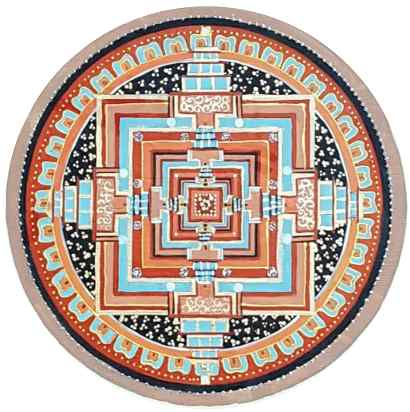
Kalachakra, often referred to as the “Wheel of Time,” is a complex symbol and concept with roots in both Hinduism and Buddhism. In Hinduism, Kalachakra represents the cyclical nature of time, creation, and destruction. It embodies the idea that time is not linear but follows a circular and repetitive pattern.
The symbol consists of a wheel with various segments and intricate details, signifying the eternal dance of time and the interconnectedness of all existence. It serves as a reminder of the impermanence of the material world and the eternal nature of the soul.
21. Rudraksha
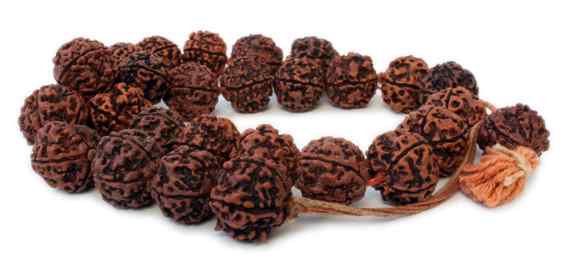
Rudraksha beads are sacred symbols in Hinduism, believed to have originated from the tears of Lord Shiva. They are revered for their spiritual significance and protective qualities. Rudraksha beads come in various types, primarily characterized by the number of faces or facets they have, such as the five-faced (Panchmukhi) and six-faced (Shanmukhi) beads.
Worn as a necklace or bracelet, Rudraksha beads are believed to enhance meditation, concentration, and inner peace. They are also used as protective talismans, shielding the wearer from negative energies and promoting spiritual growth.
During meditation, devotees use Rudraksha beads to count mantras or prayers, helping one form a deeper connection with the divine and promoting a sense of tranquility and balance.
22. TriShakti
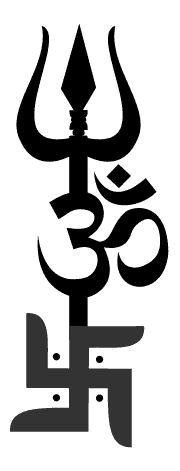
The Trishakti symbol in Hinduism represents the combined energies of three goddesses: Durga, Lakshmi, and Saraswati. It features three intertwined and conjoined symbols: the swastika, the OM (AUM), and the trishul (trident).
- Swastika signifies good luck, auspiciousness, and the cyclic nature of life.
- AUM represents the primordial sound and the essence of reality.
- Trishul symbolizes power and the divine trinity of creation, preservation, and destruction.
The Trishakti symbol is a powerful emblem of feminine energy and the divine forces that shape the universe. It is often used in spiritual and religious contexts to invoke blessings and positive energies.
23. Nandi & Kamadhenu
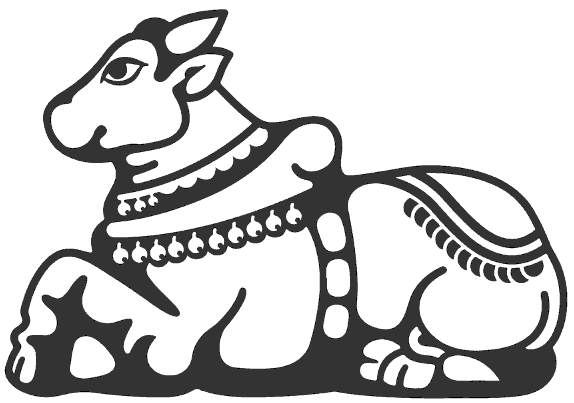
Cows are highly revered in Hinduism for their role in sustaining life through milk and milk products. They symbolize gentleness, purity, and maternal care. Many Hindus consider it a sacred duty to protect and care for cows. Two powerful cow symbols in Hinduism include Nandi and Kamadhenu.
Nandi: Nandi, the divine bull, is Lord Shiva’s loyal mount and gatekeeper. He symbolizes strength, obedience, and unwavering devotion. Nandi is also said to act as a mediator between devotees and the divine.
Kamadhenu: Kamadhenu, the “Cow of Plenty,” is a mythical bovine believed to fulfill all wishes and desires. Kamadhenu is a symbol of abundance, fertility, and nourishment, providing for the needs of both humans and gods.
24. Tulsi (Holy Basil)

The Tulsi plant (Holy Basil) holds profound significance in Hinduism and is revered for its spiritual and medicinal properties. It is commonly kept in houses and temples as it is considered a manifestation of Devi Lakshmi, the goddess of wealth and prosperity.
Tulsi is believed to purify the environment, ward off negative energies, and enhance devotion during prayers.
In Hindu tradition, other sacred plants like the Peepal (Ficus religiosa) and Neem (Azadirachta indica) also have spiritual importance and are often planted near temples and homes, signifying the deep-rooted connection between nature, spirituality, and well-being.
25. Mace
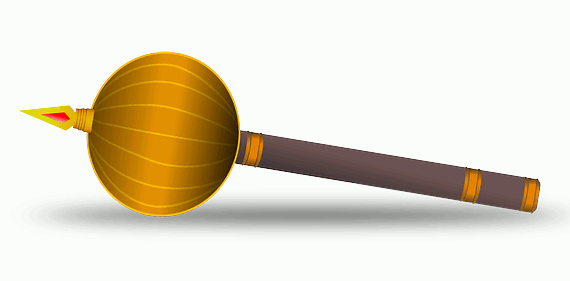
In Hinduism, the mace is a sacred weapon that represents power, valor, devotion, and righteousness. It is the primary weapon of many deities such as Lord Hanuman, Bhima, and Lord Vishnu.
Lord Hanuman’s mace is a symbol of unwavering devotion and strength, while Bhima’s mace symbolizes strength, power, and righteousness. Lord Vishnu, the preserver of the universe, is often depicted holding a mace, signifying his role in maintaining cosmic order and protecting righteousness.
In addition to the Mace and the Trishula (discussed earlier), Hinduism has several sacred weapons that hold symbolic and mythological significance. Some prominent ones include:
Sudarshana Chakra: Lord Vishnu’s divine discus, representing the wheel of time and destruction of evil forces.
Bow and Arrow (Dhanush and Ban): Lord Rama’s bow and arrow represent his strength, dharma, and his role as a divine warrior.
Spear (Vajra): Lord Indra’s thunderbolt, signifying thunder, lightning, and divine authority.
Sword (Khanda): A symbol of valor and protection, often associated with Goddess Durga and Lord Kartikeya.
26. Sacred animals
In addition to cows, as we discussed earlier, Hinduism reveres numerous sacred animals associated with various deities. Some of these include:
- Garuda (Eagle): The mount of Lord Vishnu, symbolizing divine speed, power, and protection.
- Hamsa (Swan): Often associated with Saraswati, the goddess of knowledge, symbolizing discernment and purity.
- Mushika (Mouse): The vehicle of Lord Ganesha, representing humility and the power to overcome obstacles.
- Peacock: The mount of Lord Murugan (Kartikeya), symbolizing grace, beauty, and victory over ego.
- Monkey: Lord Hanuman, a devotee of Lord Rama, is often depicted as a monkey, symbolizing devotion, strength, and loyalty.
- Lion: Lord Narasimha, an avatar of Lord Vishnu, is portrayed as a lion-man, symbolizing courage and the triumph of good over evil.
- Elephant: Lord Ganesha is often depicted with the head of an elephant, symbolizing wisdom, intellect, and the removal of obstacles.
These animals carry deep symbolism and are highly revered in Hinduism.
Conclusion
That wraps up our exploration of powerful Hindu symbols. While this list is not exhaustive, it highlights some of the most potent symbols in Hinduism. These symbols not only hold profound truths about life but also encapsulate the very essence of the Hindu religion. If any of these symbols resonate with you, consider incorporating them into your spiritual practices, meditation, visualization, artwork, contemplation, or wearing them as sacred jewelry.


